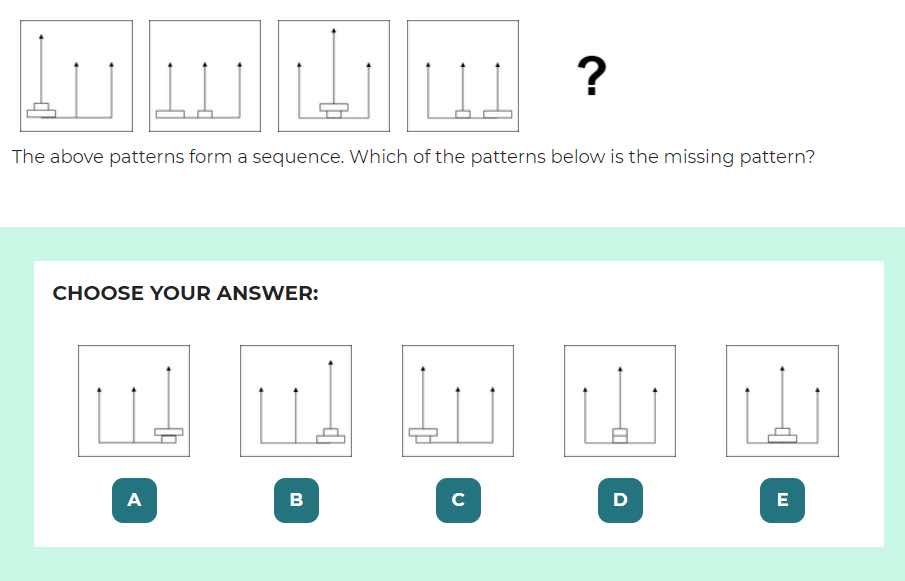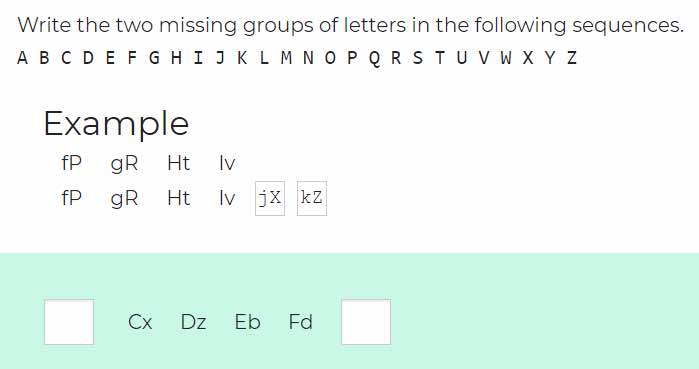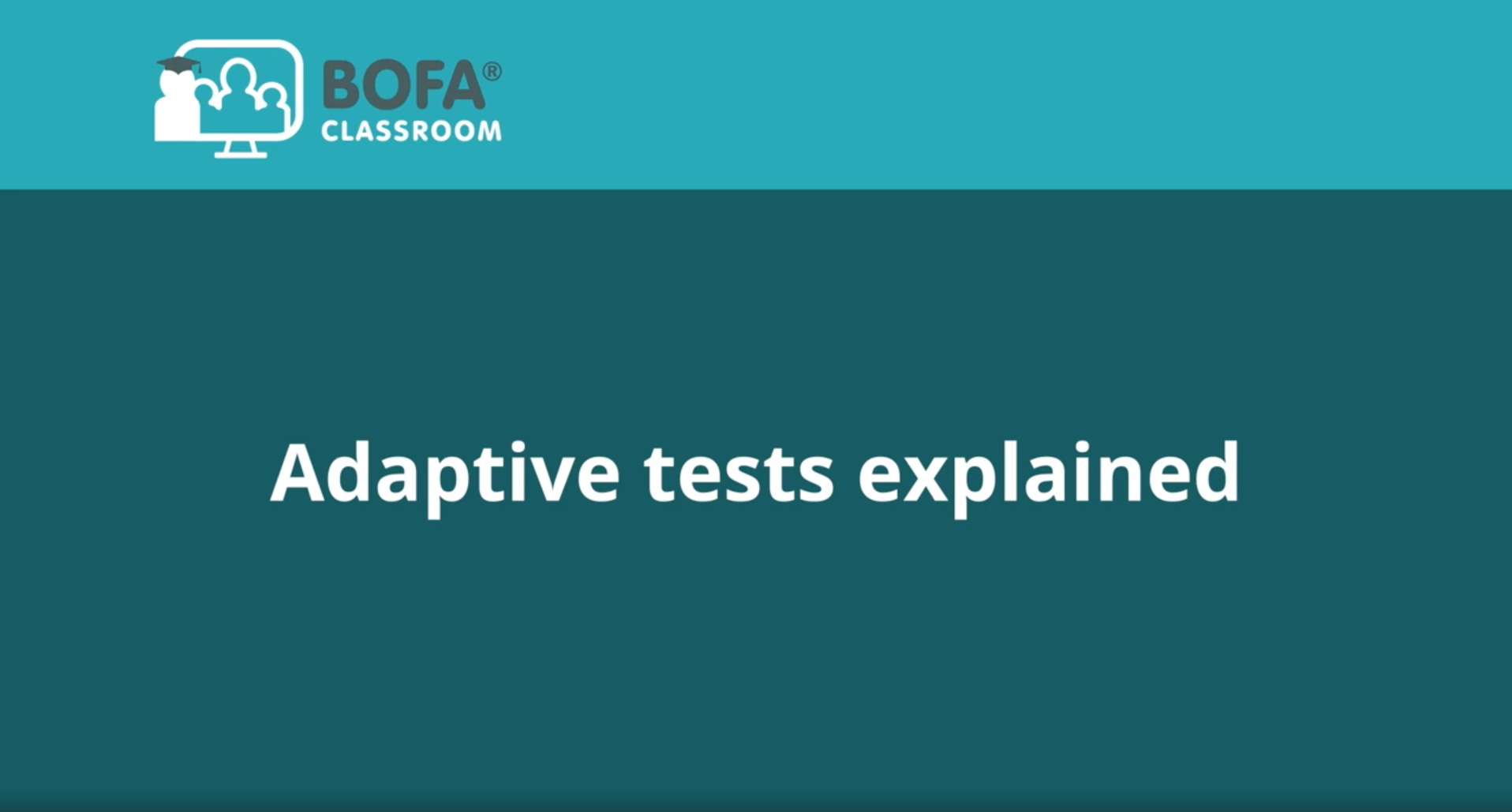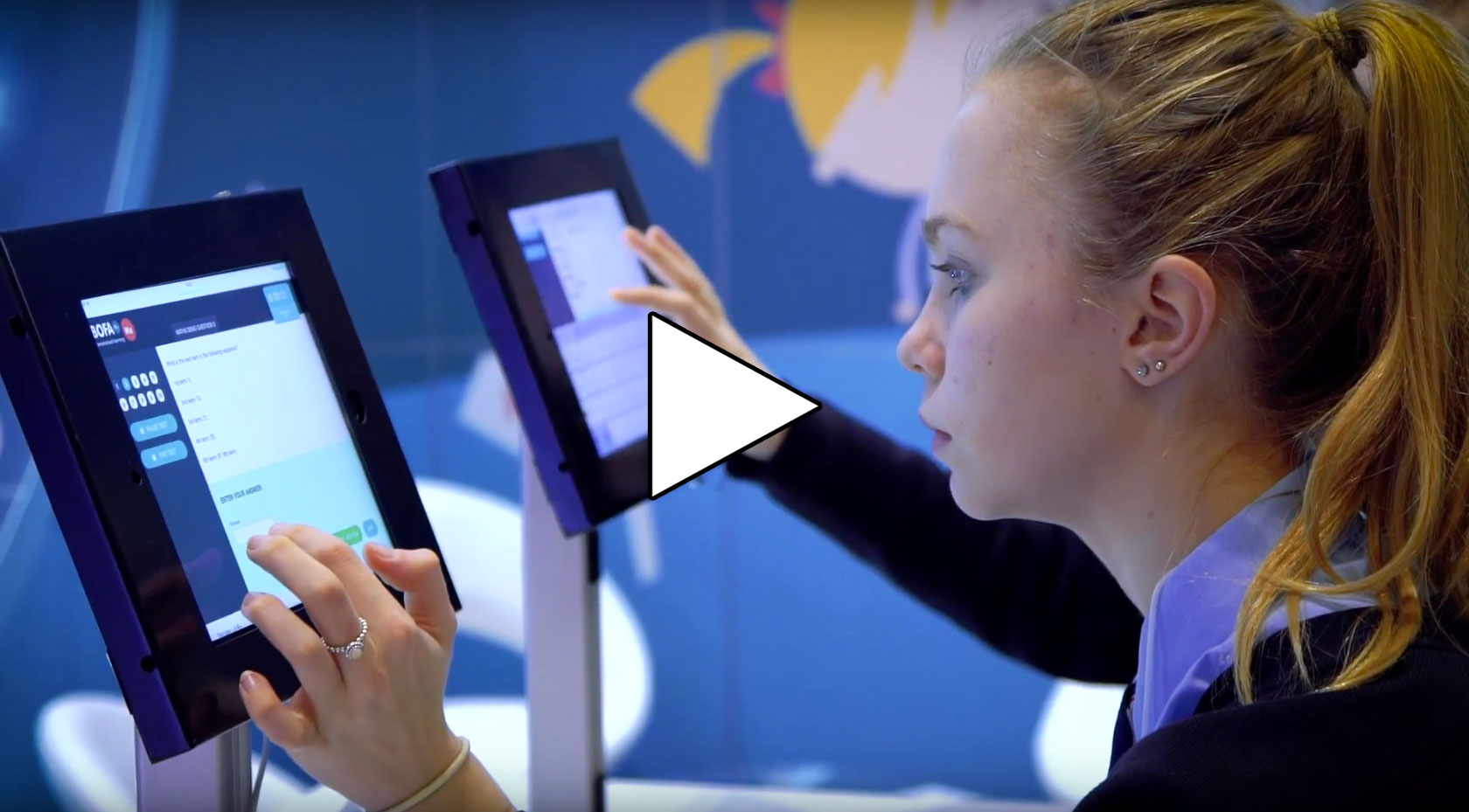What is the difference between Verbal Reasoning and Non-Verbal Reasoning?
 Non – Verbal Reasoning is problem-solving using pictures and diagrams. It tests the ability to analyse visual information and solve problems based on visual reasoning.
Non – Verbal Reasoning is problem-solving using pictures and diagrams. It tests the ability to analyse visual information and solve problems based on visual reasoning.
Often, children are asked to look at a series of diagrams and find the odd one out, or the next in the sequence. To the right is an example of a non-verbal reasoning question.

Verbal Reasoning requires children to problem solve using words and letters. Some types of questions that are tested in a verbal reasoning exam are spotting letter sequences, cracking codes based on letters and numbers, following written instructions, and thinking about text, spotting words within words or finding a letter to complete two other words. To the right is an example of a verbal reasoning question.
Essentially, verbal reasoning works with words and non-verbal reasoning works with pictures and diagrams. Children will have to answer both VR and NVR questions as part of the 11+ exam.
Other useful help pages:
What other subjects are tested in the 11+?
How can my child prepare for entrance exams?
Learn more about BOFA with our video tutorials




















